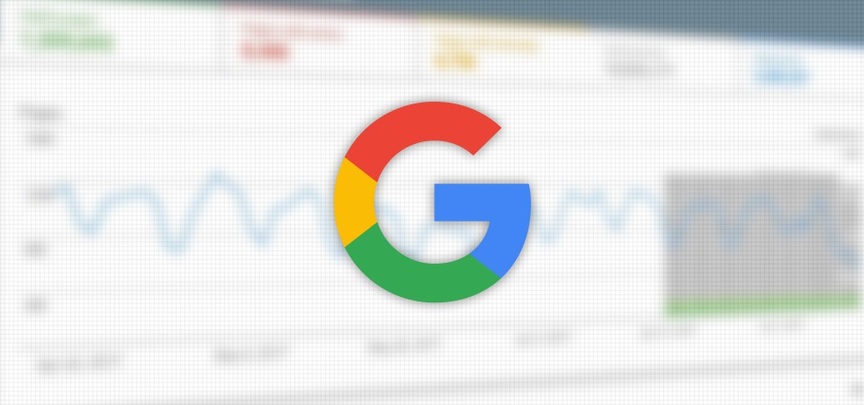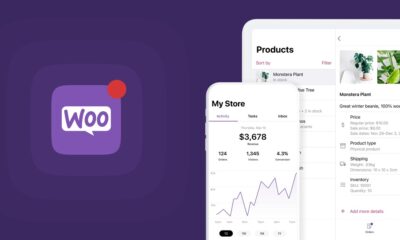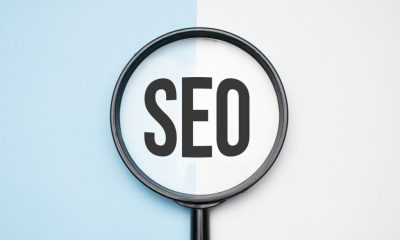Technology
Best Guide to Google’s Page Speed Insights Reports


There’s no better tool than Google’s Page Speed Insights if you want to speed up your web pages for better user experience and SEO. Not only does Google take notice but users tend to move on and find another page that will answer their questions faster, nobody likes a slow website when a webpage takes too long to load.
Whether through organic search, paid to advertise, or a referral link, slow page speed deters users from staying on your website regardless of how they find you. Google’s Page Speed Insights (PSI) tool can help you do it, If you want to improve your page speed for the sake of both users and your keyword rankings (and believe me – you do). How to understand your reports and some easy ways to improve page load times across your web pages, here’s a technical guide on how Google’s PSI tool works.
What is Page Speed?
Google defines page speed in two ways:
- How long it will take to display content above the fold.
- How long it will take a browser to fully render the page.
The user’s internet connection, a domain’s web hosting service, and even cache clearance can all impact load times, but a lot goes into how fast our webpages are. A few components are to be sure out of the website proprietor’s control, so when we talk about page speed however there are a lot of components that the website admin can upgrade like pictures, recordings, JavaScript, and that’s only the tip of the iceberg.
- Google considers the overall performance of a page when determining whether to promote it in the SERPs because page speed is so essential to the user experience.
- If you want to create a high-quality experience for your site visitors, taking the time to optimize your content for speed shows Google.
- What is Google’s Page Speed Insights (PSI)?
- It provides page speed scores for both the mobile and desktop versions of the page; Page Speed Insights is a free performance tool that analyzes the content of a given webpage.
It is by far the best for those interested in improving speed for SEO purposes; Page Speed Insights is one of many page speed audit tools available to site owners. Site proprietors can find exhaustively how Google comprehends the technical performance of their pages, With Page Speed Insights.


Page Speed Insights and Ranking
The actual score is definitely not an official ranking factor, The PSI score of a page is intended to be an undeniable level performance overview. Like Core Web Vitals, is a part of Google’s ranking algorithm, but some of the metrics the tool relies on to calculate PSI scores.
Whether or not your pages are meeting Google’s speed and performance standards, All of that is to say that PSI scores are a good indication. There is a solid connection between higher scores and better keyword rankings. Any SEO strategy will be derailed by underperforming pages when slow speed is left unresolved.
The User Experience and Page Speed
Page speed is also essential to the overall user experience, beyond SEO. Even more so than quickly finding what they are looking for or the aesthetic quality of the page, for mobile users, page load speed is considered the most important factor.
Increases the likelihood the visitor will bounce by 90%, just a 1 to 5-second delay. Worse, with every additional second of load time, conversion rates drop by an average of 4.42%. To any search engine optimization and conversion optimization strategy, improving site speed is really non-negotiable. To understand your site speed and how to improve it Google’s PSI tool is the best place to get started.
Using the Page Speed Insights Tool
Enter any URL into the toolbar, press Analyze, and PSI will get to work, to use Google’s PSI tool. The tool is doing two major things, as you wait for your report to generate. It estimates your page performance by means of the Lighthouse API. Because it measures the webpage’s speed in a simulated, controlled environment: mobile networks and a mid-tier device, this is referred to as “Lab Data. It can impact a webpage’s speed and performance, this helps eliminate some of the variables.
Understanding Your PSI Report
It includes field data, lab data, opportunities, diagnostics, and passed audits, Google’s PSI tool will generate a detailed report. The color-coding makes it straightforward the regions where the page is performing great actually need improvement, or are failing to meet expectations, Throughout the PSI report.
- Green = Good.
- Yellow = Needs Improvement.
- Red = Poor.
In each area of the report here is how to interpret the information.
Field Data
Into four primary metrics, PSI’s Field data breaks down a given web page’s speed and performance. Each catches an alternate part of speed and load time. Google’s Page Speed Insights Field Data incorporates the accompanying:
- First Contentful Paint (FCP): Image asset to load or the time it takes for the first text.
- Largest Contentful Paint (LCP): Image asset to load or the time it takes for the largest text.
- First Input Delay (FID): To respond to the user’s first interaction the time it takes for the browser.
- Cumulative Layout Shift (CLS): In the viewport, this measures any movement of the page.
With the exception of Cumulative Layout Shift (CLS), each performance metric is measured in seconds or milliseconds. Through a specialized formula, CLS is calculated. While a CLS score above .25 is considered poor, a CLS score below 0.1 is considered good. From the previous 28 days and will always be presented with accompanying distribution bars, the field data presented in the report comes.
Lab Data
From the Lighthouse API, Google’s Page Speed Insights Lab Data includes synthetic data. Lighthouse estimates FCP, LCP, CLS, and three extra metrics.
- Speed Index: During page load the time it takes for the content to visually appear.
- Time to Interactive: To become fully interactive the time it takes for the page.
- Total Blocking Time: Between FCP the sum of time and full interactivity.
- It is simply the timestamps or results from the lab test, Unlike Field Data, the metrics measured in the Lab Data will not contain a progress bar.
- In the overall PSI score, it’s important to note that some of these metrics carry more weight.
Opportunities & Diagnostics
For improving page speed the Opportunities and Diagnostics sections provide specific recommendations. Click on the dropdown arrow next to any given Opportunity in your report, to get more details about the next steps. In some cases will tailor those instructions to your content management system and the tool will provide detailed action items.
Passed Audits
To know what the page is doing right, this section of the report basically lets site owners. It is a good sign and means that your page is displaying page speed best practices, a long list of passed audits.


3 Tips to Improve Page Speed & after the PSI Report
The PSI report can feel overwhelmingly technical, for those who are new to SEO. In the Opportunities section of the report, Google is always thinking about the user and does a great job of providing detailed action items.
1. Optimize Your Images
Images and videos are the most likely to produce issues related to a slower speed and load times, more than any other content asset. Some best practices include:
- Resize and compress images.
- For each image set a specific height and width.
- To deliver your images use a content delivery network (CDN).
2. Embed Video Content
Avoid uploading them to your site, if you have videos on your site that feature your products or services. They can also place stress on your web server if lots of users are playing the videos at the same time, not only do they take up a lot of space.
3. Avoid Excessive Redirects
The amount of time between the request to the server and when the first data is sent back to the requester, redirects can increase Time-to-first-byte (TTFB).
Author bio
I am Vinayak Singh, a senior Digital Marketer, having more than 4 years of experience. I am writing SEO, Digital Marketing related blogs to spread awareness to people.



 Technology2 months ago
Technology2 months agoHow a Side Cart WooCommerce Can Speed Up Checkout



 Travel1 month ago
Travel1 month ago5 UK Cities to Add to Your Weekend Bucket List



 Technology2 months ago
Technology2 months agoWhy Conditional Payment Methods for WooCommerce Is a Must-Have in 2025



 Technology1 month ago
Technology1 month agoHow To Supercharge Your Marketing Strategy with AI Automation



 Technology4 weeks ago
Technology4 weeks ago5 SEO Tips for Creative Professionals: How Designers Can Boost Their Visibility



 Lifestyle3 weeks ago
Lifestyle3 weeks agoBudget-Friendly Home Upgrades for a Modern Look



 Health3 weeks ago
Health3 weeks agoWhy Taking Time for Self-Care Should Always Be a Priority



 Business2 weeks ago
Business2 weeks agoWhy Apps Are the Secret Weapon of Today’s Smart Entrepreneurs



You must be logged in to post a comment Login